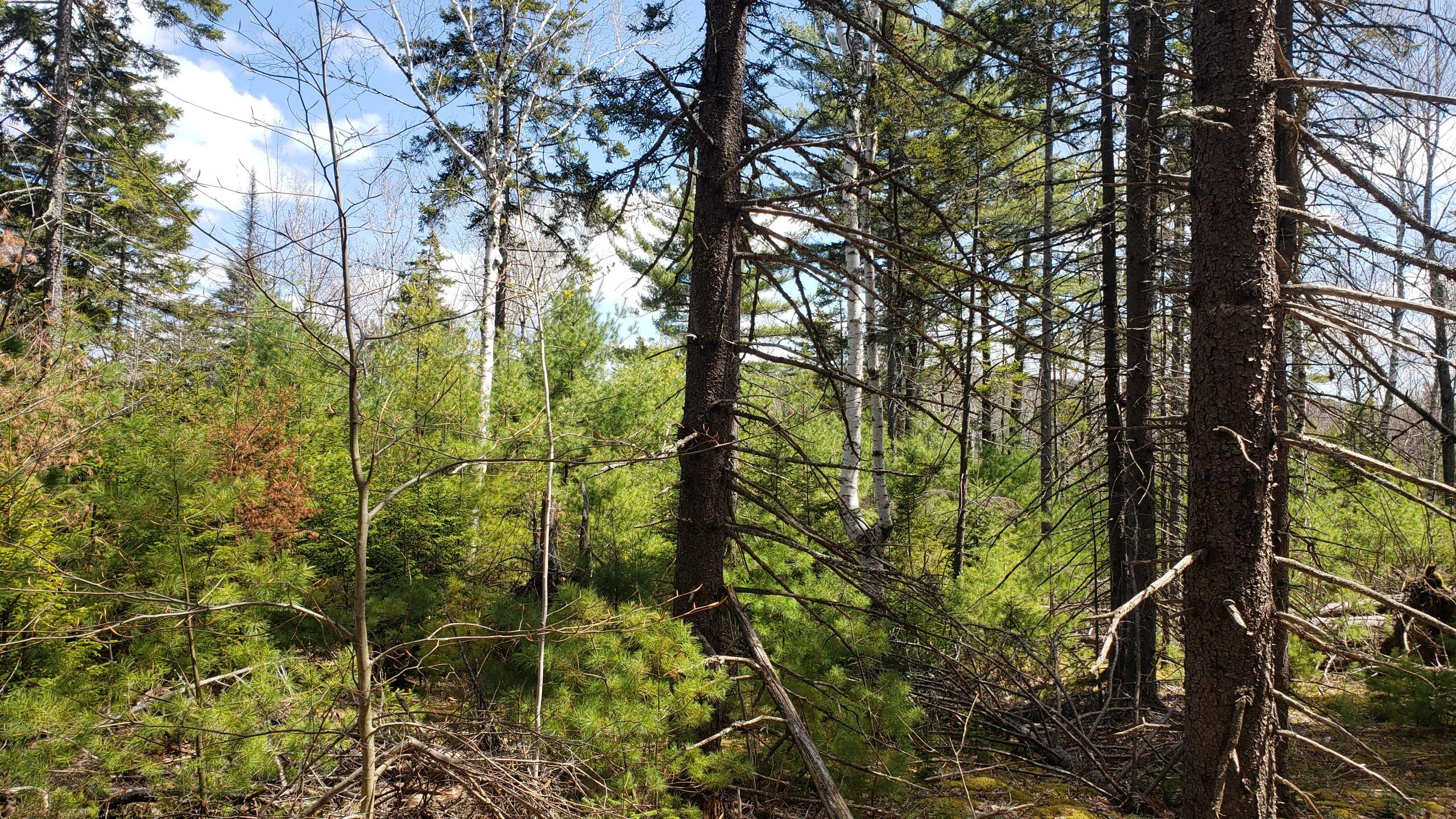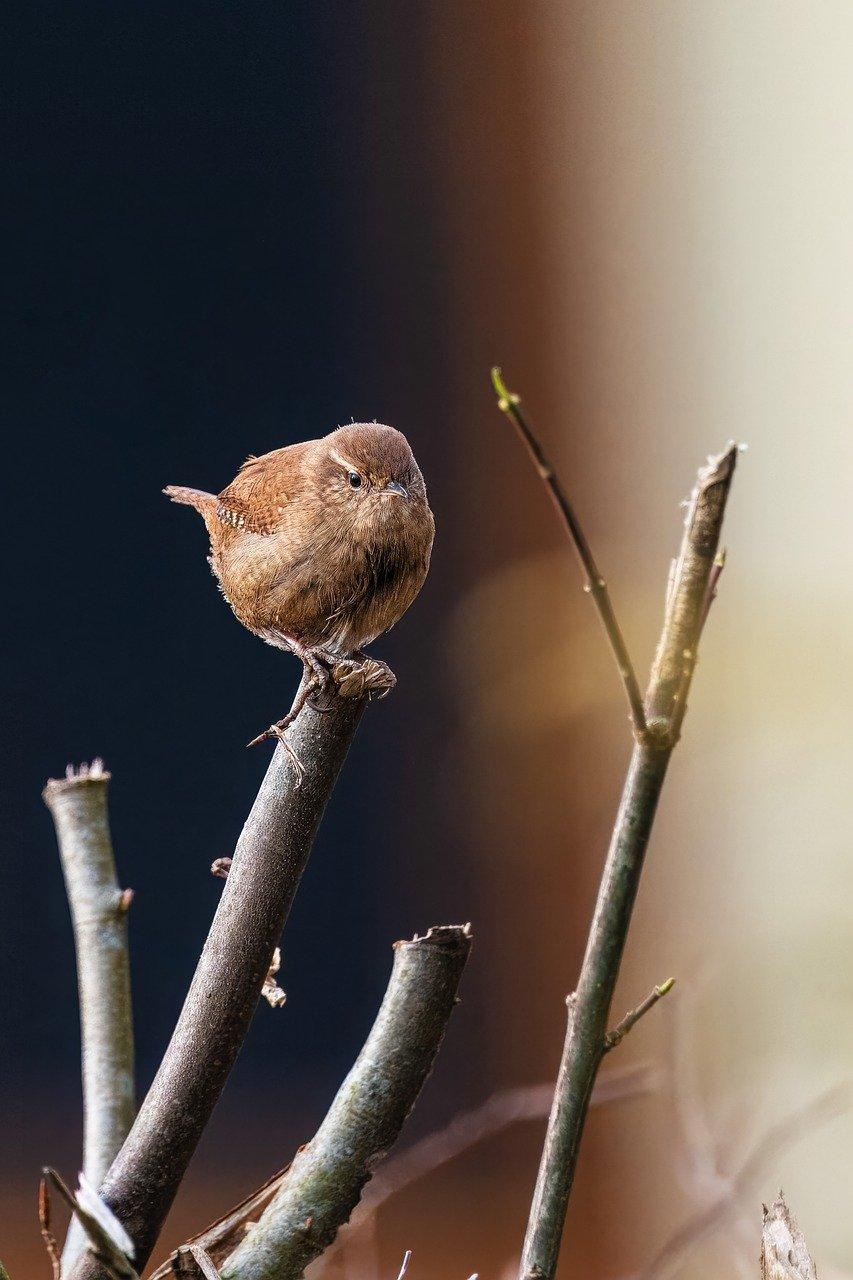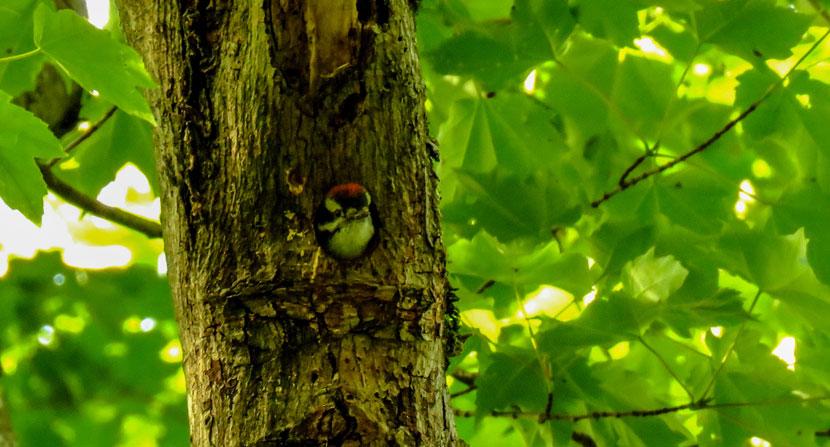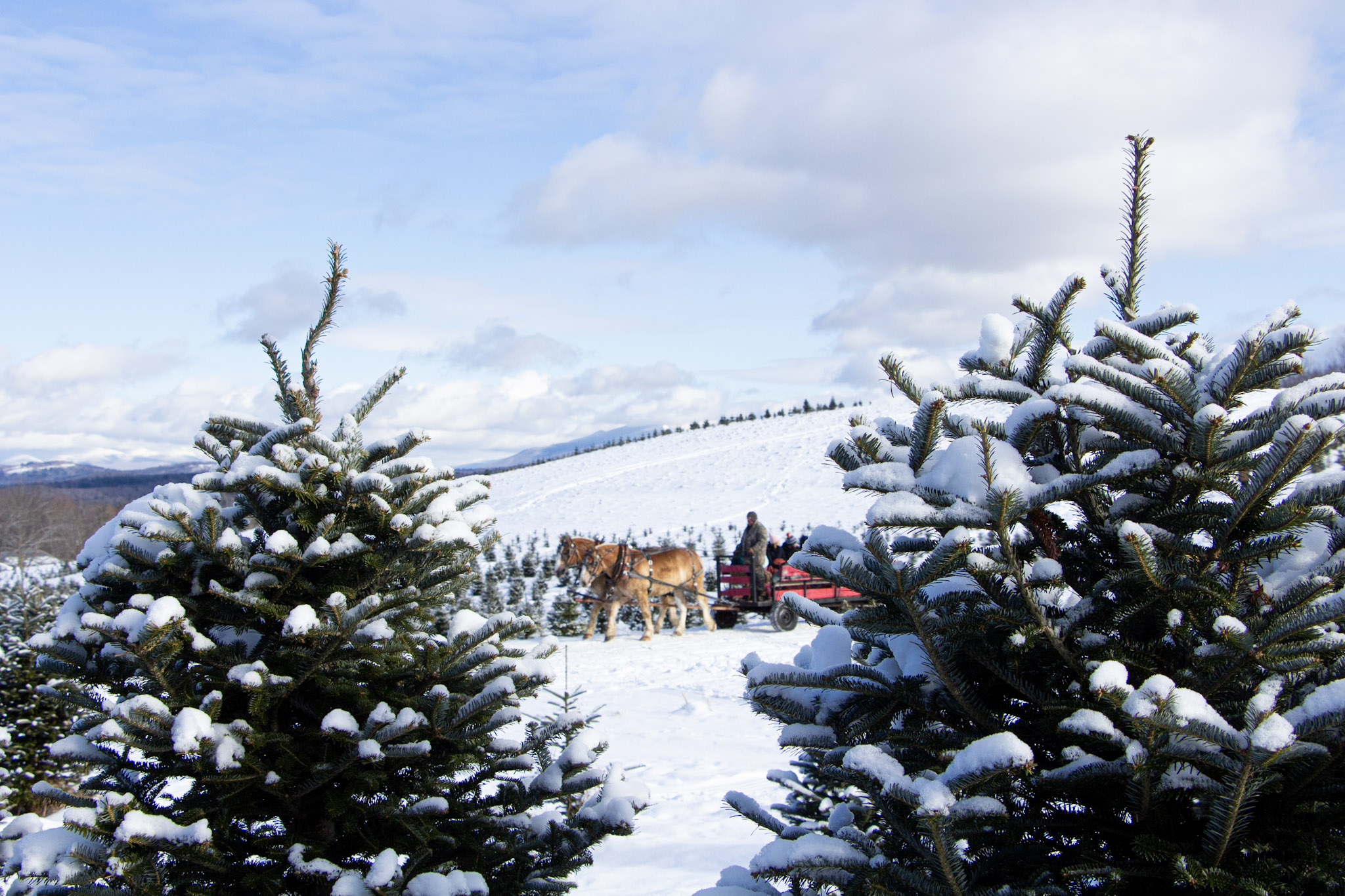- Tags:
- Something Wild,
- Wildlife

Young forest grows near older trees.
"Something Wild" is joint production of NH Audubon, The Society for the Protection of New Hampshire Forests & NHPR.
We recommend listening to it in its original format but a transcript of the show is also below.
You can hear Something Wild on-air at NHPR every other Friday at 6:45 a.m. and 8:45 a.m., or subscribe to the Apple podcast here.
______________________
It is spring now, but do you recall the wet late-season snow that hit us in April? It was sticky and heavy - like paste in kindergarten art class. And it kept piling up, hour after hour.
There were trees, eight inches thick and 25 feet tall, most less than 30 years old, uprooted and destroyed overnight. Many young conifers, like white pines in sunny patches open to the sky, and hemlocks growing under tall mature trees, that were ruined, bent haphazardly like a kids game of pick-up sticks.
Regeneration is a term foresters use to describe trees favored to grow into the next forest after a timber harvest. It is a hope for the future, often the pride of well-planned openings in an otherwise even-aged forest.
After this year’s spring snowstorm, tree root-balls were pried-up and tipped over in places with shallow wet soil over bedrock. In other places, saplings snapped right off three feet above ground. Once these young trees bowed over, they were doomed. And more snow just kept piling on!
Those who carefully manage forestland were particularly heartbroken to lose two to three decades of growth in just a few hours. In a very real sense, it erased their illusion of control, and made a mockery of their expectations and their careful planning.
But in nature, disasters caused by all sorts of extreme weather are often followed by opportunities. Gaps created by snapped-off trees allow sunlight to reach places where next autumn’s acorns might germinate in sun-warmed soil.
A good acorn crop was anticipated last fall, but parts of the state had a rare-for-New Hampshire freeze in the middle of May 2023 that defoliated oaks and beech trees, killing their tender leaves and the flowers. That meant no acorns or beech nuts where the freeze happened. Meanwhile, maple flowers and evergreen cones were unaffected by that same May freeze.
And the same thing happened to apple and peach blossoms in New Hampshire orchards.
Growing trees is like a classic country song; you know there’s going to be disaster, heartbreak, and tears along the way!

But you may have heard the song of winter wrens in the spring woods lately.
Wrens are tiny brown birds with big voices that often hide unseen in the dense forest understory. They prefer to nest in upended root mounds of tipped-over trees. Thanks to the heavy spring snow, they may find lots of new nesting possibilities over the next few years.

It is similar to the bonanza available to woodpeckers right now. Thousands of white ash trees across the state have recently died from the Emerald Ash Borer infestation. Standing dead ash trees are providing surfaces for the birds to drill new nest holes and to probe for tasty grubs under flaking bark.
The worst of times for one species can be the best of times for another! Forests and wildlife are adapted to frequent disturbances, so every apparent disaster is also a potential windfall … pun intended!
It’s an important lesson in thinking about fortune and misfortune. Expectations are strictly a human construct. Control is an illusion, as any experienced gardener or forester can tell you.
We all make plans, and we assume there will be “normal” weather. But based on our past experiences, we do know that disasters, and bonanzas, will happen. It’s not really a matter of “good times” or “bad times,” but simply “times.”
Plants, animals, and fungi are all poised to seize opportunity when it appears. Think turkey vultures eating roadkill. Ants and termites drilling into trees. Mushrooms and fungi breaking down old logs. A peregrine falcon ambushing an escaped parakeet.
An old oak topples in a forest, and then saplings regenerate in that sunny opening. We just can’t know whether they’ll last for a hundred years or be gone next week.
